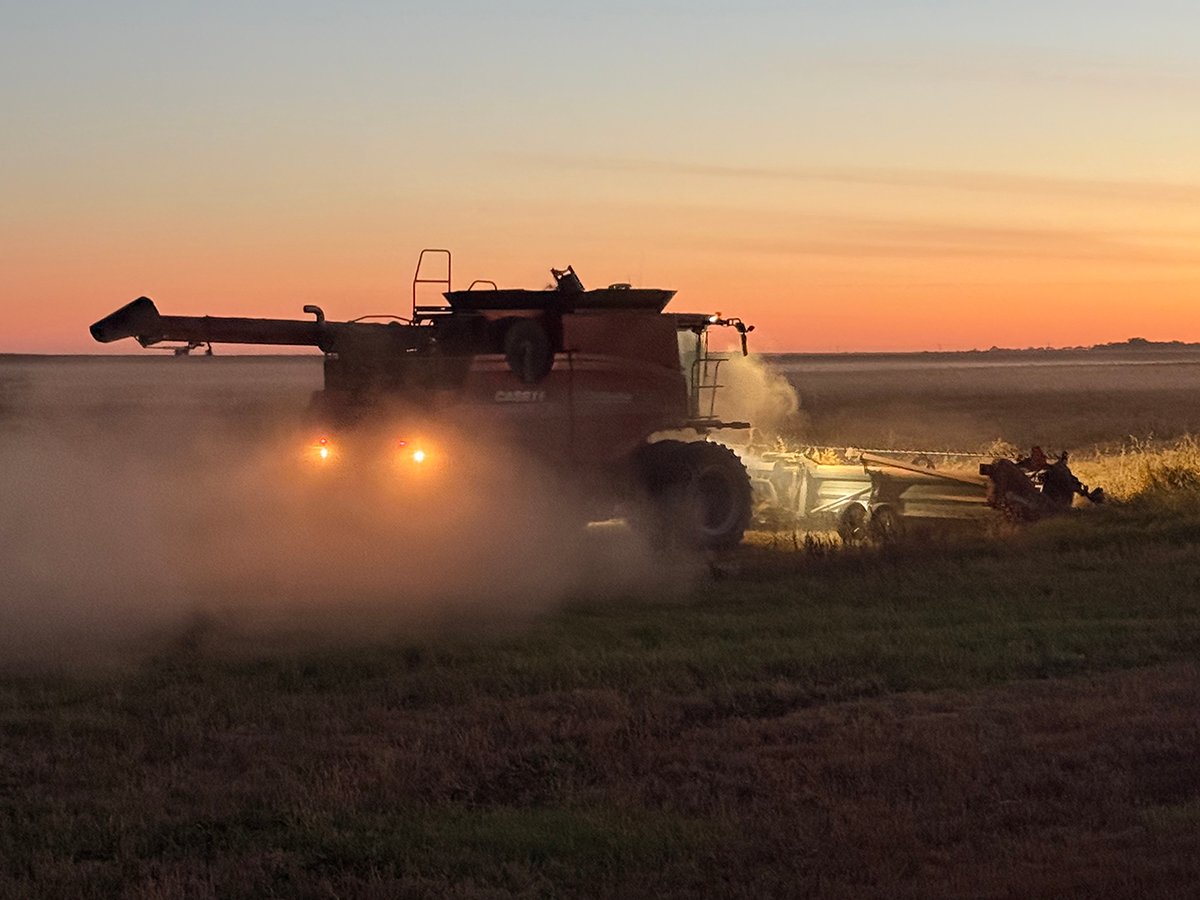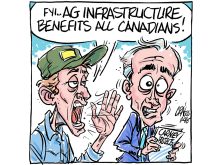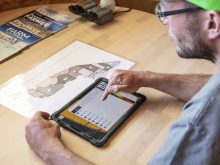Drive around and look at crop establishment. In the areas where I travel, it looks like we need to do a better job of job one – seeding.
Seeding equipment is becoming more sophisticated and more producers have monitors that should provide alerts when problems arise.
The vast majority of the prairie acreage is seeded with tractors equipped with auto steer, making it easier to keep your eyes on equipment functions.
And yet skips and misses and depth problems seem more prevalent than ever.
Read Also

Downturn in grain farm economics threatens to be long term
We might look back at this fall as the turning point in grain farm economics — the point where making money became really difficult.
I had problems, too. New seed monitors helped catch plugged runs and made it abundantly clear when the seed or fertilizer tank was empty. However, I still didn’t catch the fact that one distribution tower on the air drill wasn’t putting out as much chickpea seed as the others.
Kabuli chickpeas can be difficult at the best of times and that was aggravated by some pods in the seed. The result was definite stripping in the crop. Fortunately, the plant density difference is becoming less evident as the crop develops.
I also have a bad habit of not getting the outfit back in the ground and the seed turned back on quickly enough after turning around on the headland. For crops with low seeding rates, it takes longer than you think for the seed to flow from the tank to the ground openers.
It’s amazing how many fields you see where there’s a complete miss in pass after pass across the field. Sometimes this continues from one field to the next and you can tell it’s the same outfit by the miss pattern.
This might be just a few seed runs, an entire section or half the seeder. It’s a real embarrassment when this happens along a major road for everyone to see all summer long.
Are we in too much of a hurry to climb out of the tractor and manually check the runs and the seeding depth from time to time? Are we relying too much on monitors that let us down? Are problems going longer because of bigger seed tanks and more time between fills? Are there more operators without adequate experience and instruction?
A lot of older air drills are in operation and eventually things wear out. However, problems are also evident where much newer equipment is being used.
Lots of us could do a better job on seeding depth, which is particularly important for small seeded crops such as canola. Even a quarter of an inch depth difference can be huge for emergence and crop development.
That’s why you often see seed rows of canola where the plants haven’t bolted yet sitting right beside seed rows that are in the early flower stage. Drills with individual opener depth control provide more even emergence, but regular drills could do a better job with proper adjustments.
Some amazing technology is now available. You can seed between last year’s stubble rows. Some of the new drills will turn off individual seed rows automatically to avoid overlap. And more producers are experimenting with variable rate technology where the seed and fertilizer lev-e ls are automatically adjusted according to a pre-determined field prescription.
Technology is great, but the ongoing prevalence of seeding problems would seem to indicate that there are still a lot of gains to be made by going back to the basics.
Kevin Hursh is an agricultural journalist, consultant and farmer. He can be reached by e-mail at kevin@hursh.ca.

















